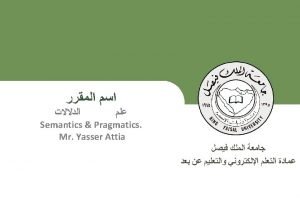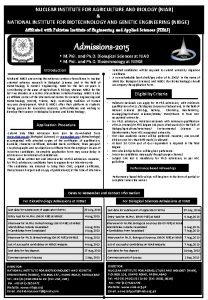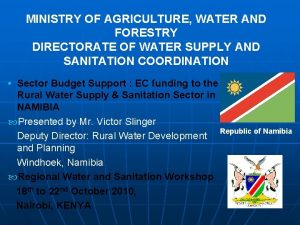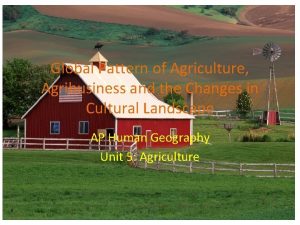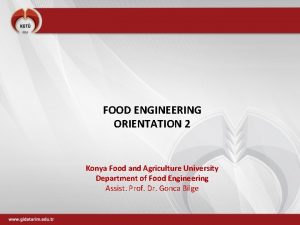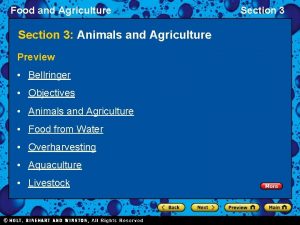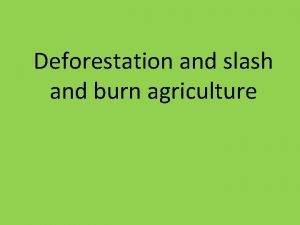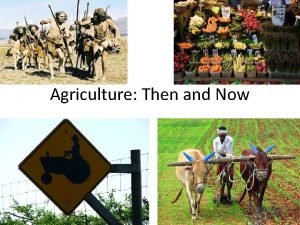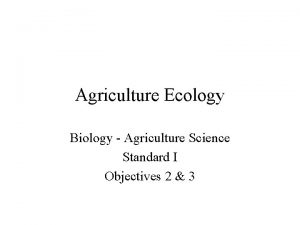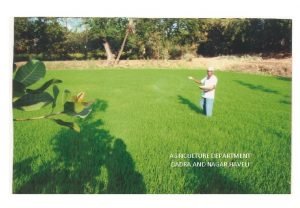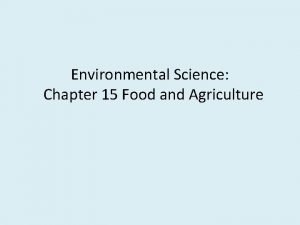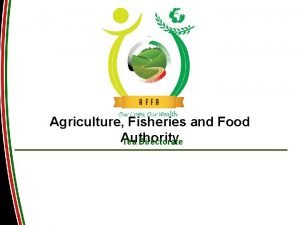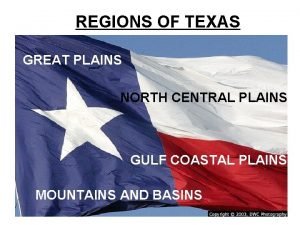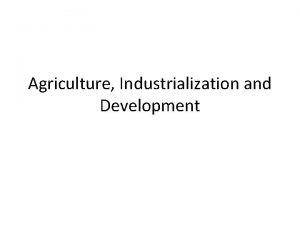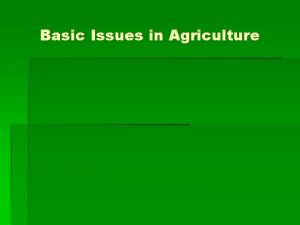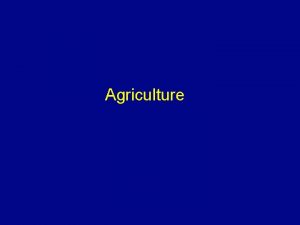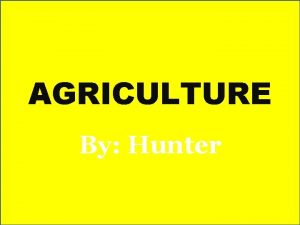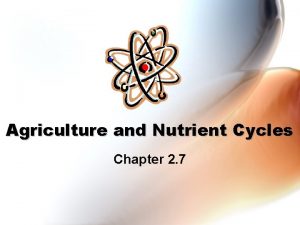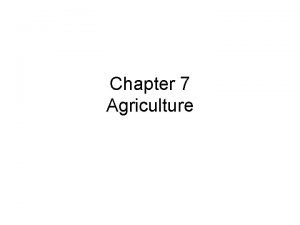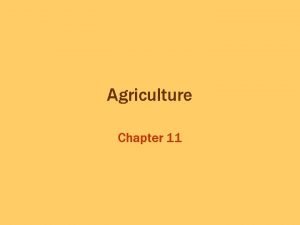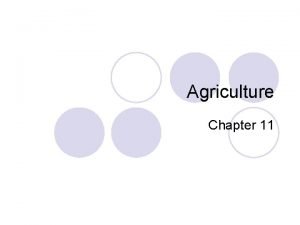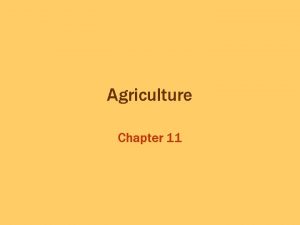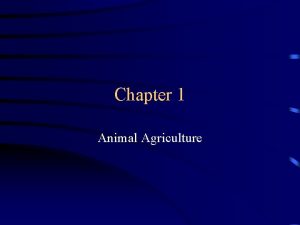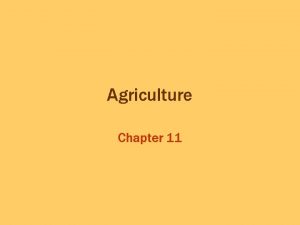AGRICULTURE Chapter 11 What Is Agriculture and Where
















- Slides: 16

AGRICULTURE Chapter 11

What Is Agriculture, and Where Did Agriculture Begin? The purposeful tending of crops and raising of livestock in order to produce food and fiber

Arable Land

Economic Activities • Primary economic activities: Products closest to the ground • Secondary economic activities: Manufacturing of primary products into new products • Tertiary economic activities: Services, connecting producers to consumers to facilitate trade • Quaternary economic activities: Information or the exchange of goods • Quinary economic activities: Tied into research or higher education

Labor Force in Agriculture, 2005 Fig. 10 -3: A large proportion of workers in most LDCs are in agriculture, while only a small percentage of workers in MDCs are engaged in agriculture.

Tractors, per cropland Fig. 10 -4: Tractors per 1000 hectares of cropland. Use of machinery is extensive in most MDC agriculture, but it is much less common in LDCs.

Episode 1 Chapters 6 -8: The Impact of Productive Farming, Animal Domestication & Types of Farmed Animals

The First Agricultural Revolution • South and Southeast Asia: Root crops, up to 14, 000 years ago • Southwest Asia (the Fertile Crescent): Seed crops, about 10, 000 years ago

The Fertile Crescent • • Beginning of planned cultivation of seed crops Enlargement of plants from seed selection Generated a surplus of wheat and barley First integration of plant growing and animal raising – Crops to feed livestock – Livestock to help grow crops • Animal domestication – Began in Fertile Crescent (c. 8000 years ago) – Relatively few domestic animals – Continuing efforts at domesticating animals usually not very successful

The Fertile Crescent

Modern Hunters-Gatherers • Pressure to change in globalized economy • Studied and mapped groups – San of Southern Africa – Aboriginals of Australia – Indigenous peoples of Brazil – Groups in Americas, Africa, Asia

Subsistence Agriculture • Strict meaning: Farmers produce enough for themselves and their families and do not enter the cash economy at all • Today, usually sell small amounts in the market • Characteristics – Land held in common – Surpluses shared with everyone – Personal wealth accumulation restricted – Individual advancement at expense of group limited

Subsistence Agriculture

Shifting Cultivation • Shifting fields to find better land • Practiced primarily in tropical and subtropical regions • Cycle – Clear plot of vegetation – Plant crops – Loss of fertility • Loss of decaying vegetation • Leaching of nutrients – Abandon plot and begin again in a new location

Shifting Cultivation in Guatemala Dense vegetation has been cut and is being burned to open land for farming.

Land Clearing in Colombia Bulldozers are used to plow a road through the rain forest in Colombia.
 Vital villages thriving towns introduction
Vital villages thriving towns introduction Deforestation antonym
Deforestation antonym Imperfect flowers examples
Imperfect flowers examples Nuclear institute for agriculture and biology
Nuclear institute for agriculture and biology Ministry of agriculture, water and forestry directorates
Ministry of agriculture, water and forestry directorates Cadastral system ap human geography
Cadastral system ap human geography Konya food and agriculture university
Konya food and agriculture university Section 3 animals and agriculture
Section 3 animals and agriculture Define slash and burn agriculture
Define slash and burn agriculture Agriculture then and now
Agriculture then and now Biology and agriculture
Biology and agriculture Dadra and nagar haveli crops
Dadra and nagar haveli crops Ministry of agriculture and rural development cameroon
Ministry of agriculture and rural development cameroon Florida dept of agriculture and consumer services
Florida dept of agriculture and consumer services Active reading section 3 animals and agriculture
Active reading section 3 animals and agriculture Tea directorate
Tea directorate Major cities in mountains and basins
Major cities in mountains and basins

